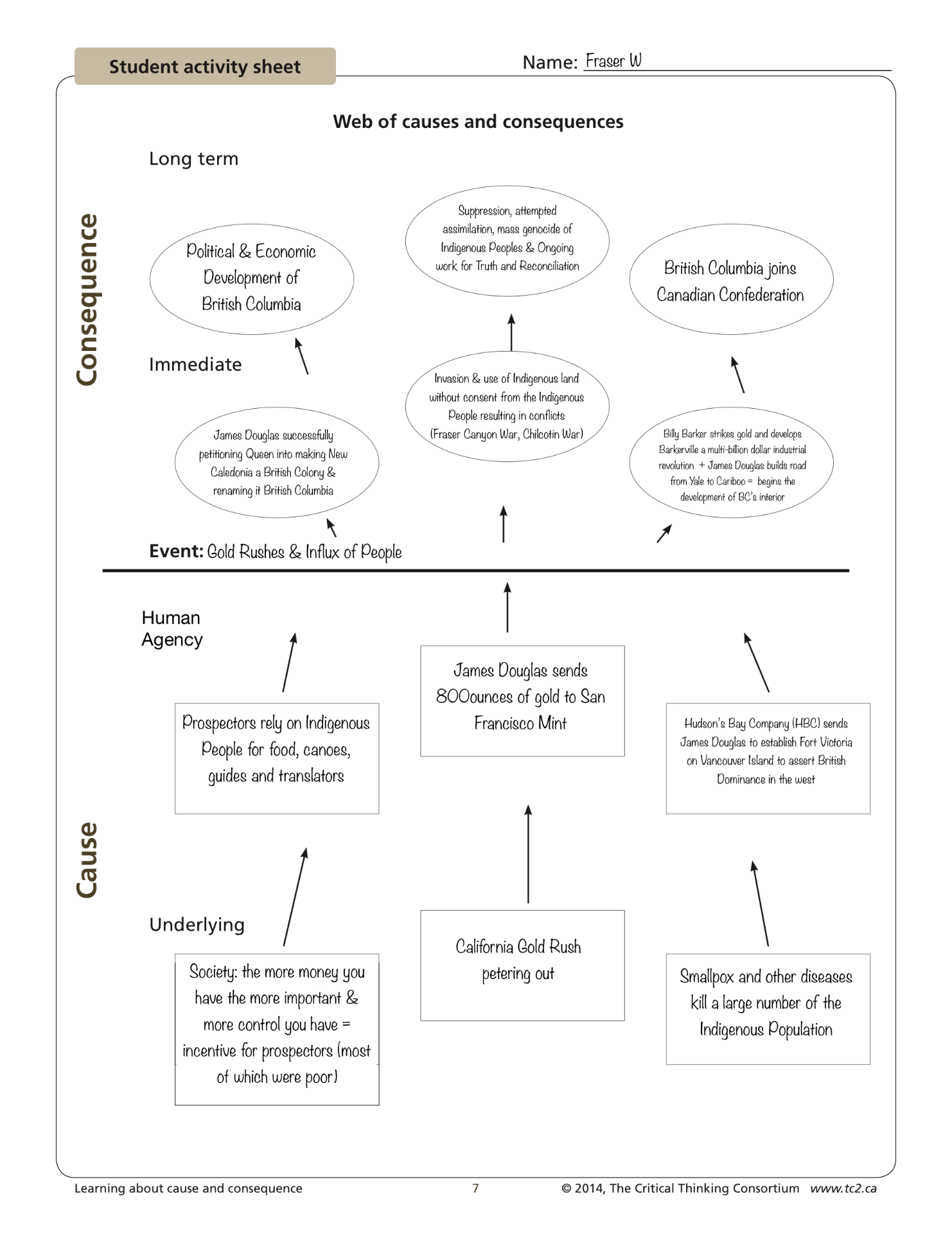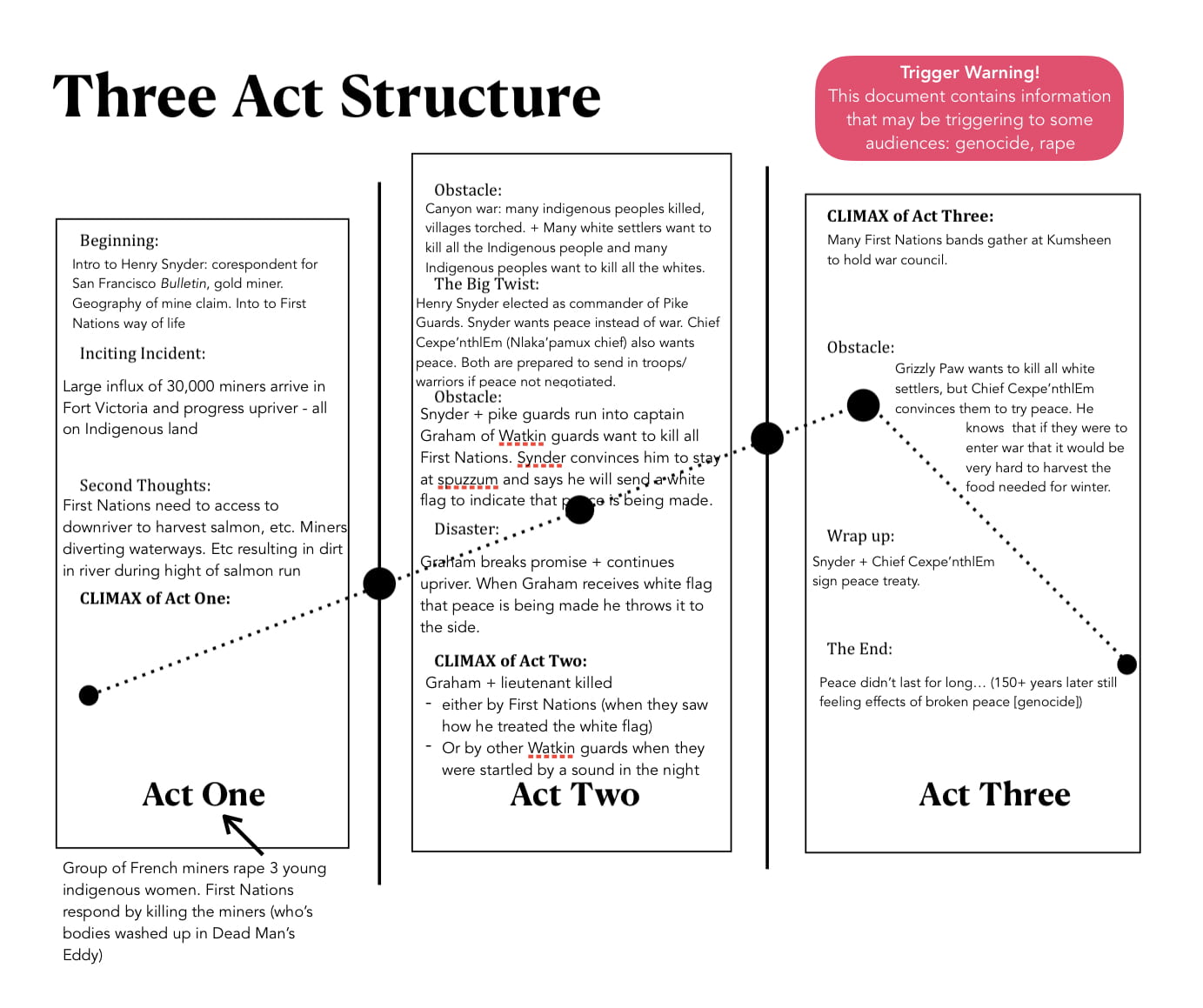Welcome and if you’ve visited this blog before, welcome back!
My summer break consisted of camping, French 10 online, Lifeguarding and Swim Instructing. Here are some of the photos I took during my family’s camping trip to Miracle Beach on Vancouver Island (featuring our adorable pup, Maruka):
Photos © Fraser.Artist. All Rights Reserved. Visit fraserartist.wixsite.com/home for more info.
Summer break is over though and school is back in session. We just finished up our first Humanities project for PLP 10 where we explored the BC gold rush… including the river for which I and my blog got its name: the mighty Fraser River.
*insert catchy gold rush banjo and fiddle music here*
This project was called “Gold Digger” and the driving question for this project was:
How did the discovery of gold
shape our province and its people?
The gold rush affected many people from many countries (including: America, France, China, Europe, Australia, Hawaii, Chile and more). My historical fiction I wrote (the final product for this project) tells the story of how two leaders during the gold rush fought for peace, which had they not would have resulted in a very different British Columbia that we know today.
• • •
I decided to write my historical fiction story about the First Nation’s experience of the Gold Rush. I was particularly interested in this part of history since my great, great, great paternal grandmother was Nlaka’pamux First Nations and I thought that this project would be an excellent opportunity to learn more about my Indigenous ancestors’ experiences with the gold rush.
Choose a file type below to read my historical fiction: “Fighting for their Families: Henry Snyder, the First Nations & the Gold Rush”:
I FaceTimed my grandma yesterday evening and I was telling her about this project. She then told me this story:
“Your great, great, great grandfather worked delivering supplies to what was about to be Barkerville. One man offered to trade his gold mine for a bag of flour. The mine had not been successful at that point, so our grandfather turned down the trade offer. The next day the man, William ‘Billy’ Barker, struck gold in that mine and Barkerville was born!”
• • •
We spent the majority of this project researching the gold rush, which we then applied to our keystones.
How did the gold rush shaped British Columbia? Timeline 1858-1871
We each made a timeline about how the gold rush shaped BC. I really like how mine turned out, although now that I have finished the project and learned a lot more, I think that I may have chosen some different events.
• • •
🧱 Keystone #1 – How did the Gold Rush shape BC? Paragraph
For Keystone #1 we filled out a cause and consequence sheet for the BC Gold Rush. We then used the sheet to write a paragraph to answer the question “How did the Gold Rush shape BC?” Here’s my paragraph and Cause and Consequence Sheet:
The gold rushes played an important role in shaping British Columbia. In 1843, the Hudson’s Bay Company sent Sir James Douglas to Vancouver Island to establish Fort Victoria to assert British dominance in the west. People in the 1850s were desperate for money. With the California gold rush petering out, prospectors were willing to risk it all by travelling north to the BC goldfields when James Douglas sent 800 ounces of gold to the San Francisco Mint. When white settlers arrived in what was soon to be BC, they relied heavily on the Indigenous Peoples for food, canoes, guides and translators. Unfortunately, the white settlers unknowingly brought many diseases with them, including smallpox, which killed a devastating number of Indigenous People. Due to the large influx of prospectors arriving, James Douglas successfully petitioned Queen Victoria to crown New Caledonia a British colony and renamed it British Columbia. When Billy Barker struck gold in the Cariboo, Barkerville was formed. Barkerville became the booming multi-billion dollar commercial centre of the Cariboo goldfields. This along with 650km road that James Douglas had built, were essential to the development of BC’s interior. Barkerville also helped the political and economic development of BC which ultimately resulted in BC joining the Canadian confederation in 1871. All this was not without its conflicts. White prospectors began setting and mining on Indigenous Territory without the Indigenous People’s consent. This resulted in several conflicts such as the Fraser Canyon and Chilcotin Wars. Both of these wars resulted in Indigenous People being hanged or forced to allow the white settlers to remain on Indigenous Land beginning the ongoing suppression, attempted assimilation and mass genocide of Indigenous People and culture in Canada that we are still working to reconcile to this day. Needless to say, the BC gold rushes had a major contribution to the development of the BC we know today.
This keystone was a great way for me to continue the development of my ability to assess cause and consequence patterns of migration, population growth (and consequences) as well writing to communicate information.
• • •
🧱 Keystone #2 – Character Cards
Keystone #2 was making ‘Character Cards’ which contained info about the main character that we were going to write about in our stories. I decided to have my main character be Henry Snyder, a white miner from California. I think that by choosing Henry Snyder as my character I was able to tell the story from a perspective that hasn’t been written about much already while also incorporating the First Nations side of history that isn’t very prominent in Gold Rush history documents.
I took a lot of notes over the course of this project using an app called Craft (if you’re a student, go apply for the free 5 year pro license, this app is seriously powerful – highly recommend!) I used Craft to organize my notes, keystones, resources and more.
Check out the notes I took here:
Taking these notes and making the character card enabled me to show my ability to access information from diverse sources and for a variety of purposes to inform understanding, gain independence as a reader, thinker, and creator and determine the most effective way of communicating information and sharing ideas for purpose, audience, and message.
• • •
🧱 Keystone #3 – Story Planning
The next step was taking the research and planning out a story using the 3 Act Story Structure.
It was challenging to wrap my brain around how I was going to write a story at first, but after filling out the 3 Act Story Mountain it started to come together.
suppression, mistreatment and sexual assault of First Nations People.
I then filled out the more detailed and structured 3 Act Story Checklist:
This story planning not only helped me when it came to actually writing the story, but also gave me a way to demonstrate my ability to assess needs of audience, consider historical accuracy, craft an interesting story and utilize three act storytelling.
• • •
✍️ Final Story
It was then time to write the actual story. This task was much harder I expected. After several hours of work I had an excellent… essay. That was not the goal. I needed a story. I got a lot of feedback and suggestions on how to turn the essay-like fact filled wall of text into something resembling a story. After spending a few more hours on it, I was able to tweak it into an actual story that I’m pretty proud of. I also love the formatting I did 🙂
Overall, I learned a lot from this project: from history, to story planning, to story writing! Who knows? Maybe I’ll apply these skills sometime in the future to write another story.
If you didn’t read the story yet, make sure you do!
• • •
I came across this art piece “American Progress” while doing my research and I found it fascinating how well it illustrates colonization:

As the white lady floats across the land so called civilization appears behind her as the Indigenous Peoples are pushed into the darkness. Learn More.
• • •
I hope you enjoyed learning about the BC goldrush, how it shaped British Columbia, and the impacts it had on First Nations.
Thanks for reading! 🎃























Excellent work. Love the graphics. Will read again in detail,
AC